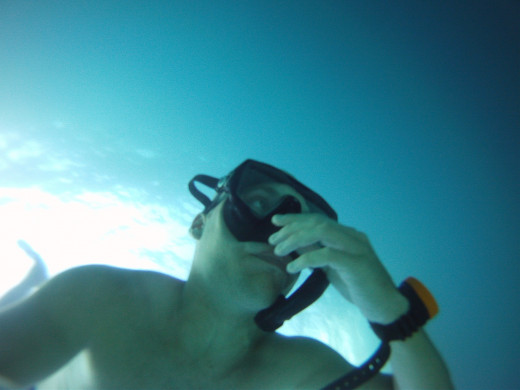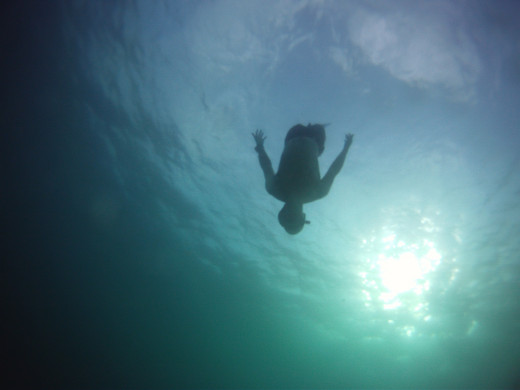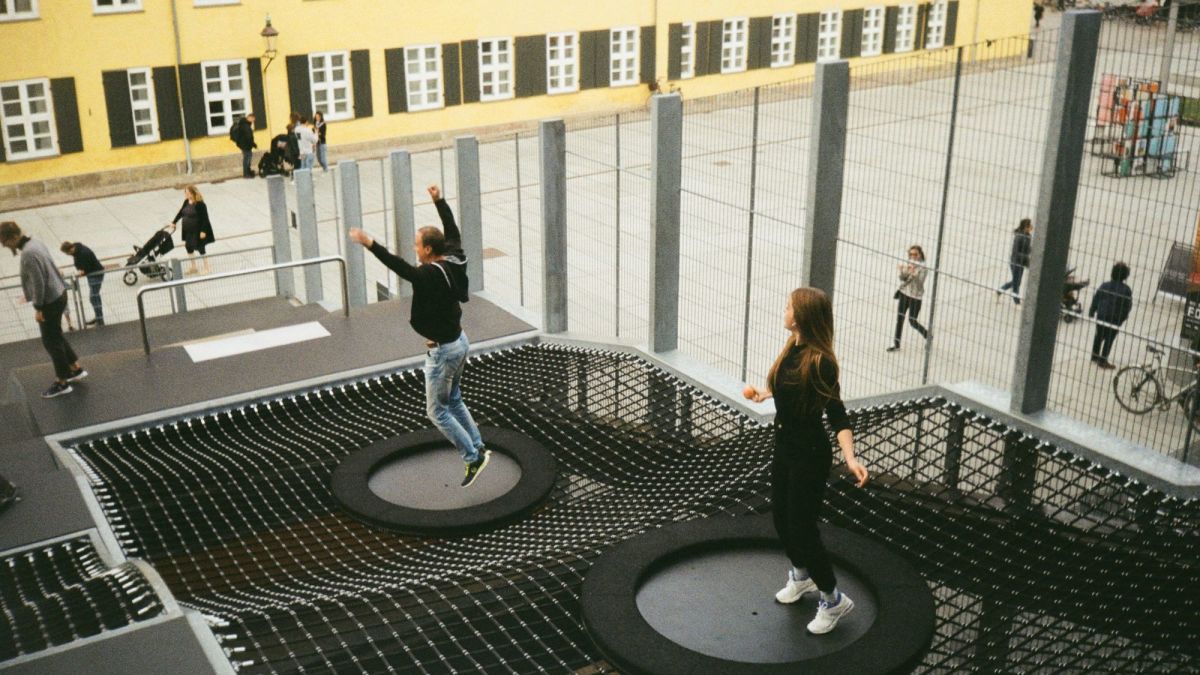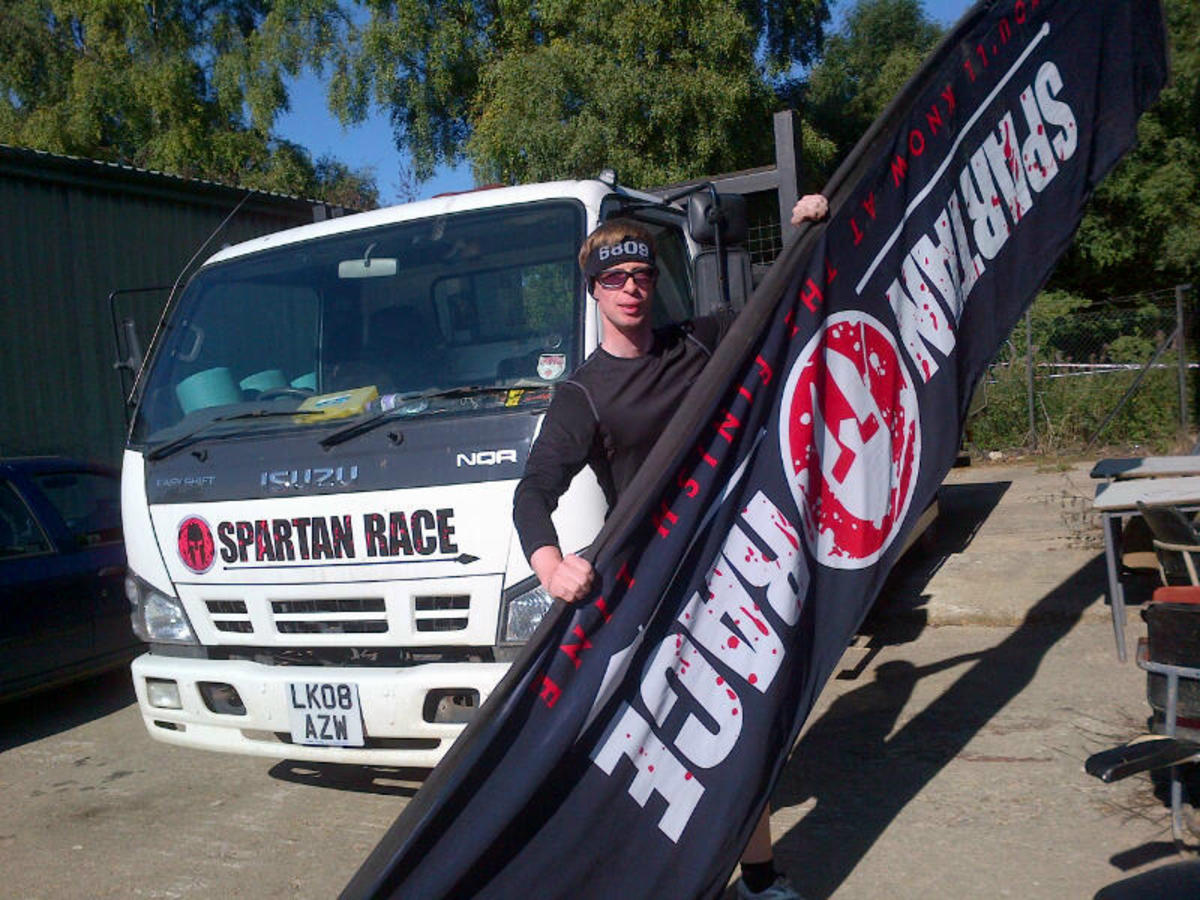My Daily Freediving Training Exercises in the First Week
As a freediver the best way to improve your skills under water is, you guess it, freediving. Anyway as with all other sports in this world it is not enough to just do the same thing over and over again. To learn how to hold your breath for more than 2 minutes read this article on HubPages.
Of course you'll get better in some way but you will also get to the point where specific training is the key to a personal breakthrough.
This is were freediving training exercises apply their full power.

Imagine the whole thing as following: When you are starting with Freediving your progress is simply amazing and outstanding. In one day you learn how to hold you breath and on the next day you are down to 20m.
It is an incredible feeling.
Your body is able to improve to a certain extent after you have done freediving on a regular basis. You get to the point were you might be good in holding your breath for a long time, but you are just not able to go deeper, because the pressure is too much for your lungs or maybe equalization holds you back.
With integral freediving training exercises you can improve those skills particularly where you would probably fail if you do it just with freediving.
The following freediving skills can be trained separately from each other:
- Equalization
- Diving Technique
- Breath-Hold Time
- Flexibility of major Muscles (legs, arms, shoulders, etc.)
- Flexibility of Diaphragm and Lungs
- Oxygen and Carbon Dioxide Tolerance
- Mental State Control
- Breath Control
- Final Breath
- Breath Up
Basically the daily freediving exercises cover exactly those topics. My task for the following days is to follow a certain daily routine before diving.
That means I am going to wake up in the morning, do the exercises for about an hour and then head out for freediving. Without having anything to eat before. Sounds interesting and that's what it is.
All of the following Freediving Training Exercises are done on land and together with another person for safety reasons.
Exercises for diaphragmatic flexibility
Summary
In this article you get extensive information about
- Stretching
- Breath Ups
- Apnea Walks
- Section Breathing
- Equalization
Freediving Training Exercise - Stretching
I love that part (ironic). Personally I am a person of strength not of flexibility. But flexible muscles need less energy and movements are more efficient and fluid.
We all know that we should stretch each and every day.
"But it's just sooo hard!", I hear you ;-).
Basically you warm up your body by stretching each part of it. Starting from the head and work your way down to the legs.
The most important parts are legs, neck and shoulders because these are usually the ones who burn the most energy because of unnecessary tension.
Note: Use the information given in the following videos at your own risk. Every stretching of lung is a risk of serious damage. Remember if there's pain, then you do it either wrong or too much. Listen to your body while doing freedive training exercises!
Exercises for diaphragmatic flexibility for freedivers - uddiyana bandha - nauli

Freediving Training Exercise - Equalization
That's the most easy one. Simply perform the Frenzel Equalization Maneuver 10 times.
The more you do it the more flexible your ear drums will get. That leads to more comfort and time while diving. If you are still do the Vasalva Maneuver, this is the time to practice Frenzel.
Vasalva won't help you anymore once you reach depths of about 30m. In fact it is both inefficient and slow and not practical for advanced freediving.
Yoga 101 | 30 minutes | Easy Beginner Practice
I challenge you
What kind of trainings have you done so far? I would be interested to hear your points of view in the comment area.
Freediving Training Exercise - BTV
BTV (Balance Tube Voluntarily) is the incredible awesome technique of equalization without using your hands to pinch the nose.
You can imagine this is one of the most helpful things you can do. Unfortunately not all of us are blessed with this skill from the beginning.
The latest figure I got is that one out of ten people can do so since their childhood. Others may learn it on the way or are physically not able to do so.

Freediving Training Exercise – Section Breathing
This training helps you to coordinate the different sections in your upper body where you fill air in.
- Stomach
- Middle Chest
- Chest
For each section you inhale and exhale 5 seconds for about 2 minutes. Then you change to the next section. You are always doing one section at once.
Freediving Training Exercise – Breathe-Up Cycle (5 times)
The breathe-up cycle consists of using all three sections for inhalation and a longer exhale. Between a cycle you can take one or two normal breaths.
The duration of the whole exercise should be around 5 – 6 minutes. Not shorter and not longer. This is usually the same Breathe-Up technique you use for freediving.
Freediving Training Exercise –Final Breath (5 times)
This is were it gets serious. Perform the final breath with full lung capacity and try to find a balance between duration and air volume. Focus furthermore on any tension in the chest and shoulder area.
You don't need to raise the shoulders to get more air. Unfortunately this happens at a lot of people, including myself.

Freediving Training Exercise –Apnea Walks (5 times)
This is the most challenging exercise of all. Start with 2 minutes breath-Up and then hold your breath and start walking. Because of the nature of this exercise your body will react quite heavily with contractions after a while.
Legs on land use a lot more oxygen than on water and that's what you are going to feel.
Note: This freediving training exercise shouldn't be done alone. There's a risk of blacking out so make sure someone is there and able to help you.
The goal is, after doing that exercise every day, that the time until the first contraction and the total time increases. With that training you get your body used to physical exercise and high levels of carbon dioxide at the same time.
Not to mention the mental challenge you will experience, too. It is easier to do that training together with another freedive enthusiast, because it's just more motivating.
That information is Useful to You?
This information is based on my own experiences and skills. Feel free to use them at your own risk. If you like what you read then sharing on Social Networks and comments are highly appreciated.








